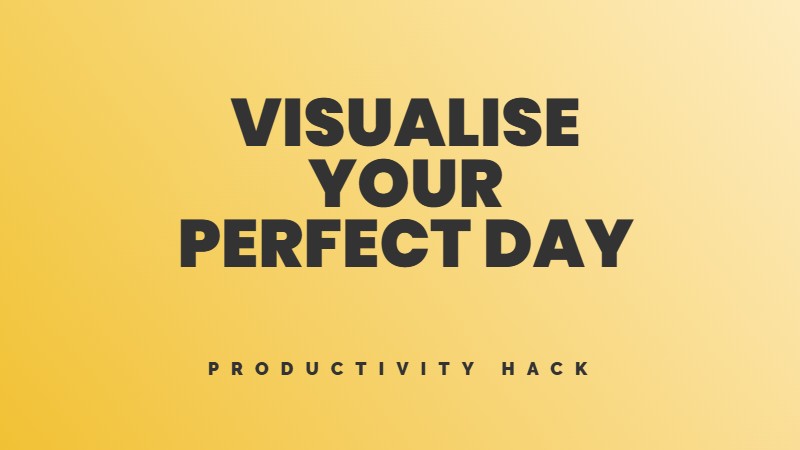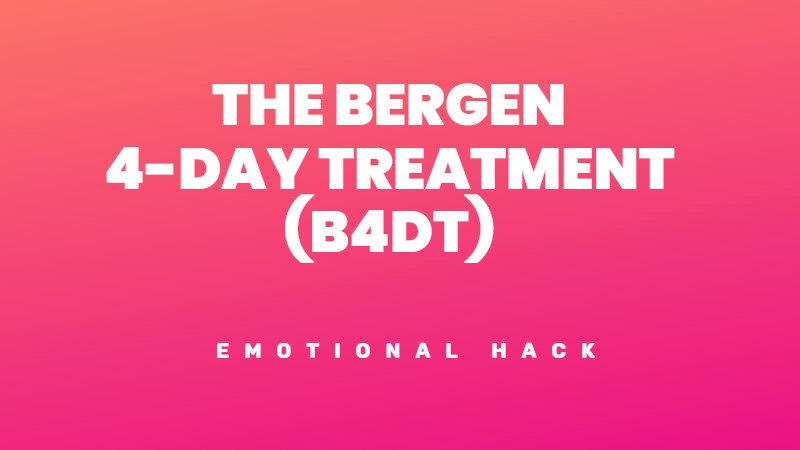Music hits your brain like a freight train of information. Even when you’re “not paying attention,” your temporal lobe processes every beat, your limbic system responds to emotional cues, and your motor cortex syncs with rhythm patterns. All while you’re trying to write that report.
The result? Your brain splits its attention between your work and processing musical information. Sometimes this helps. Sometimes it sabotages everything you’re trying to accomplish.
But here’s what most productivity advice gets wrong: the problem isn’t music itself. The problem is treating all music the same way. Your playlist can become your most powerful work tool, but only if you stop using it randomly and start using it strategically.
Your brain responds to different music like different drugs
Think of music as medication for your mental state. Just like you wouldn’t take sleeping pills before a workout, you shouldn’t play relaxing ambient sounds when you need energy. Your brain responds predictably to specific musical elements, and you can use this to your advantage.
Tempo controls your energy levels. Songs at 120-140 beats per minute naturally increase arousal and alertness. Your brain syncs with these rhythms, boosting your heart rate and mental alertness. Play electronic music in this range during routine tasks like email or data entry, and watch your speed increase.
Volume determines cognitive load. Keep music under 70 decibels (normal conversation level) for concentration work. Go louder only for mindless tasks that benefit from extra stimulation. If you can’t hear someone talking next to you, your music is stealing cognitive resources from your actual work.
Lyrics compete with language tasks. When you read, write or process verbal information, lyrics create what scientists call “irrelevant speech effects.” Your brain tries to process both the song lyrics and your work text simultaneously. The result? Decreased comprehension and slower performance. Save vocal tracks for physical tasks or creative work that doesn’t involve words.
Familiarity reduces cognitive load. Your brain spends less energy processing songs you know well. Create playlists of familiar instrumental tracks for deep work sessions. Novel music grabs attention and breaks focus, while familiar melodies fade into the background.
The three-playlist system that works
Forget massive playlists that randomly shuffle between death metal and meditation music. You need three specific playlists designed for different mental states: Focus, Energy, and Reset.
Playlist 1: Deep Focus
(Instrumental only, 60-80 BPM)
Use this for complex cognitive work like writing, analysis, coding, or learning new material. Your Focus playlist should contain:
Keep each track 4-6 minutes long to minimise interruptions. Build this playlist to 2-3 hours so you never hear the same song twice during a work session.
Playlist 2: Energy Boost
(Upbeat, 100-140 BPM)
Deploy this during afternoon energy crashes, before important meetings, or when tackling mundane tasks. Your Energy playlist includes:
Limit this to 30-45 minutes. You’re using it strategically, not as background noise.
Playlist 3: Mental Reset
(Calm, under 70 BPM)
Use this between intense work sessions or when you feel overwhelmed. Your Reset playlist contains:
Keep individual tracks 8-10 minutes long for deeper relaxation effects.
When to go silent
Silence makes many people uncomfortable, but your brain craves it during specific tasks. Learning new information, complex problem-solving, and detailed writing all perform better in quiet environments.
Learning mode requires silence. When you’re absorbing new information, reading dense material, or studying unfamiliar concepts, your brain needs every available cognitive resource. Any background music, no matter how “focusing,” competes with information processing.
Creative writing needs quiet. Poetry, storytelling, or any work requiring original language benefits from silence. Your brain’s language centres work more efficiently without musical interference.
Complex problem-solving demands silence. Mathematical reasoning, coding new algorithms, or strategic planning require your brain’s full analytical power. Save music for after you’ve figured out the solution.
The key insight: silence isn’t the absence of productivity tools. Silence is a productivity tool.
The habit-pairing method
Want to supercharge your productivity? Pair specific songs with specific work tasks. Your brain will learn to associate certain music with certain mental states, creating instant focus triggers.
Pick one song for each major work activity. Maybe “Weightless” by Marconi Union for deep writing, “Time” by Hans Zimmer for strategic thinking, or “Clair de Lune” for detailed analysis. Use the same song every time you do that specific task.
Your brain builds automatic associations after 2-3 weeks of consistent pairing. Hearing your writing song will trigger writing mode. Your analysis song will activate analytical thinking. You’ve essentially programmed your brain to respond to musical cues.
This works because music activates your brain’s reward system, releasing dopamine. Consistent pairing strengthens these neural pathways, making the response faster and more automatic over time.
Timing music with your natural energy cycles
Your brain’s receptiveness to music changes throughout the day based on circadian rhythms and natural energy patterns. Smart music users align their listening with these biological cycles.
Volume levels that help
Most people play music too loud, forcing their brain to work harder to process both audio and work information. Use these science-backed volume guidelines:
50-60 decibels for high-concentration work (equivalent to light rain). Data analysis, detailed writing, coding, and research require minimal audio interference.
60-70 decibels for medium-concentration tasks (normal conversation level). Email, administrative work, routine analysis, and familiar procedures can handle moderate music volume.
70-75 decibels for low-concentration activities (slightly louder conversation). Data entry, filing, organizing, and physical tasks benefit from higher energy music.
Test your volume by trying to hear a normal conversation. If music drowns out nearby voices, it’s stealing cognitive resources from your work.
Your personality affects your optimal music
Your personality type determines how much musical stimulation helps versus hurts your productivity. Understanding your cognitive style prevents hours of frustration with ineffective music choices.
Extroverts handle complex, stimulating music better during work. They have lower baseline arousal and benefit from additional sensory input. Extroverts can often work effectively with lyrical music and complex musical arrangements.
Introverts perform better with minimal or no background music. They’re more sensitive to stimulation and easily overwhelmed by complex audio environments. Simple instrumental tracks or silence usually work best.
People with ADHD often benefit from specific types of stimulation. Research shows that properly designed music with amplitude modulation can improve sustained attention by 15-20% for ADHD individuals. White noise or specially designed focus music often works better than traditional songs.
Test different approaches for two weeks each. Track your productivity, focus quality, and mental fatigue. Your optimal music strategy might surprise you.
Tools that automate smart music choices
Modern apps and services can implement these strategies automatically, removing the guesswork from productive music selection.
Brain.fm creates scientifically designed tracks specifically for cognitive enhancement. Their music uses neuroacoustic engineering rather than traditional songwriting, with separate modes for focus, creativity, and relaxation.
Endel generates adaptive soundscapes that adjust to your environment, weather, heart rate, and time of day. The app creates infinite, non-repeating audio that changes based on your biometric data.
Frihet blocks distracting websites and apps while simultaneously playing productivity-focused music. It combines focus music with digital distraction blocking for comprehensive work optimisation.
RescueTime tracks which music correlates with your most productive work sessions. The app reveals patterns between your listening choices and actual work output, helping you identify what really works.
Focus Keeper combines pomodoro timing with curated focus music. Work sessions include appropriate background music, while breaks feature energizing tracks.
The 15-minute test
Stop guessing what music helps your productivity. Use this systematic testing method to discover your personal optimal music strategy.
Document your findings and create personalised playlists based on actual performance data rather than preferences. The goal is productivity, not entertainment.
Quick implementation guide
Start with these three simple changes you can make today:
Track which approach works best for your specific work style. Adjust volume, timing, and music selection based on actual results rather than assumptions.
Music stops being random background noise and becomes a precision tool for cognitive optimisation. Your brain will thank you with better focus, higher productivity and less mental fatigue throughout the workday.
The difference between music that helps and music that hurts often comes down to small details: volume level, timing, genre choice, and personal factors. Pay attention to these variables, and your playlist becomes one of your most powerful productivity assets.
Takeaways
Music affects your brain whether you pay attention or not. Strategic music use can improve focus, energy, and work performance, but random playlists often hurt more than they help.
Match your music to your task complexity, energy level, and personal cognitive style. Use silence for learning and complex reasoning. Deploy energising music during routine work and afternoon crashes. Choose calming sounds for mental resets between intense work sessions.
Create three core playlists:
Test different approaches systematically rather than guessing what works.
Your optimal strategy depends on personality, task type, and individual brain chemistry. Invest time in discovering your pattern, then use tools to automate smart music choices throughout your workday.




Lämna feedback om detta